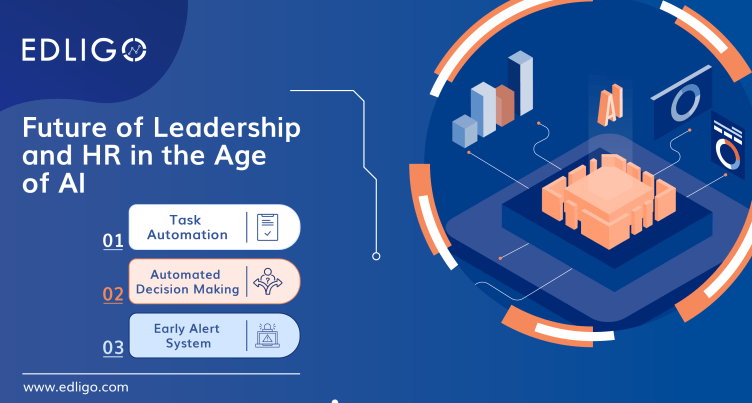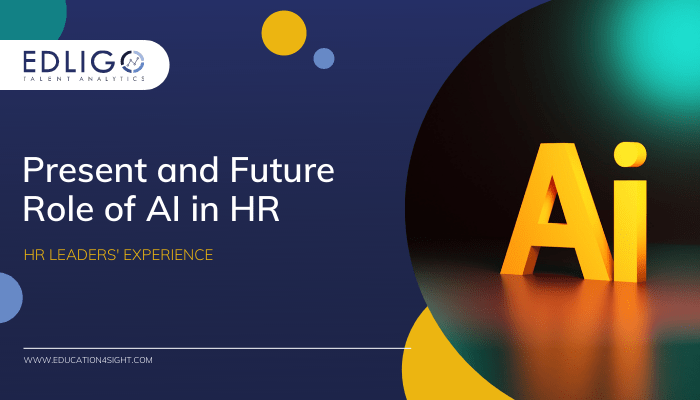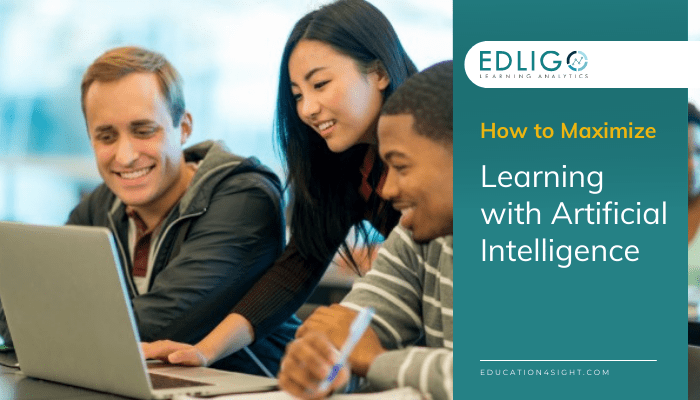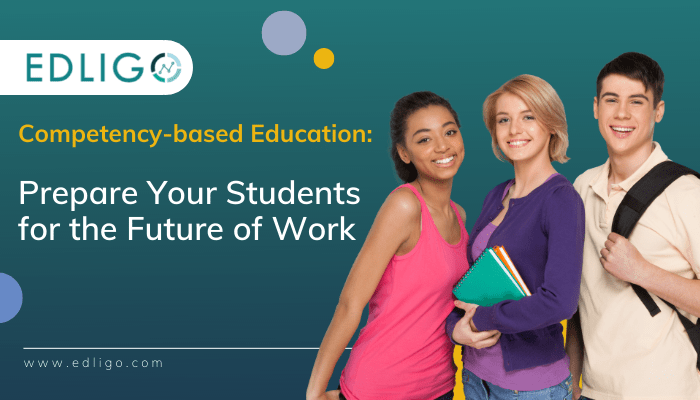
The Future of Leadership and HR in The Age of AI
The ever-evolving nature of the modern workplace, driven by the rapid pace of technological change, poses a multitude of complex challenges for leaders and HR professionals to grapple with. In today’s fiercely competitive business world, the ability to attract, retain, and develop top talent has become the critical factor that sets out successful organizations from the rest. As a result, leaders have to prioritize talent management as a means of staying ahead of the competition and securing long-term success.
1. Talent Management: The Key Challenge for Today’s Leaders
According to PwC’s 2023 CEO Survey, talent is a key concern for CEOs, with 54% of respondents saying that the availability of key skills is a significant threat to their organization’s growth prospects. Attracting and retaining top talent is becoming increasingly difficult.
Korn Ferry‘s research shows that the global talent shortage is expected to reach 85 million people by 2030. This shortage is caused by several factors, including the aging workforce, demographic shifts, and changes in work.
Leaders are encouraged to focus on improving their effectiveness and efficiency in talent management to meet this challenge. To assist their employees in gaining the abilities and information necessary to thrive in today’s quickly evolving business world, they will need to invest in training and development programs. A culture that appreciates and encourages creativity, teamwork, and ongoing learning additionally needs to be established.
Additionally, leaders need to approach talent management with greater strategic thinking. They have to determine the skills and competencies that are most important for the success of their organization using data and analytics, and then establish focused plans for obtaining and growing those talents. Additionally, they should be open to trying out novel Talent Management strategies, such as flexible work schedules and alternative performance review methods.
For example, PepsiCo’s HR leaders struggled to access critical information due to the company’s decentralized structure and data silos. As a result, the teams were unable to leverage their knowledge to make informed decisions.
To overcome this challenge, PepsiCo used AI-powered Talent Analytics to identify high-potential employees and provide personalized development plans. The company’s AI-powered platform analyzes employee data, including performance reviews and training history, to identify employees with the most potential for leadership positions.
Ultimately, the success of any organization depends on the strength of its talent. By focusing on Talent Management, leaders can create a competitive advantage that will help their company thrive in the years to come.
2. Revolutionizing Talent Management: Exploring the Advantages of AI-Powered Talent Analytics for Leaders
According to Forbes, companies that adopt AI-powered Talent Analytics can improve their employee retention rates by up to 35% and reduce their recruitment costs by up to 30%.
According to PWC, 73% of executives believe that AI will be a significant driver of business success in the coming years.
AI-powered Talent Analytics can help leaders overcome the challenges they face in today’s business environment. Here are some of the benefits of AI-powered Talent Analytics:
- Decision Making: AI-powered Talent Analytics can provide leaders with valuable insights to make better decisions. By analyzing data on employees’ performance, engagement, and retention rates, leaders can identify areas that need improvement and make data-driven decisions to address those issues. For example, HAPPYCAR achieved reduced the time in the pre-selection process of candidates by 78%. Moreover, they were 40% more satisfied with the new candidates after employment.
- Automation: According to Harris Poll, HR managers who do not fully automate say they lose an average of 14 hours a week manually completing tasks that could be automated. AI-powered Talent Analytics can automate many tasks, increasing productivity and reducing the workload for leaders and HR professionals. For example, Walgreens established automation of leave claims where AI defines whether they are paid or unpaid, which helped to increase efficiency in the HR shared services group by 73%. AI-powered tools can provide learning recommendations for employees, recommendations on project staffing, and even automate the onboarding process for new hires.
- Early Alerts: Credit Suisse saves approximately $70,000,000 per year by predicting employees at risk and retaining high-performing employees. AI-powered Talent Analytics can provide early alerts on potential issues such as employee turnover, disengagement, and low productivity. By detecting these issues early, leaders can take proactive measures to address them before they become a more significant problem. As AI technology continues to evolve, it will become an increasingly valuable tool for leaders in managing their workforce.
3. Transforming Your Business Landscape: The Benefits of AI and Talent Analytics for Modern Organizations
Recently the German Association for Consumer Studies (DtGV) has recognized EDLIGO as one of Germany’s 3 most innovative medium-sized companies in Software and Hardware. The recognition results from a study conducted to identify the most innovative medium-sized companies in Germany across 30 industry sectors. The study evaluated the patent performance of German companies with revenues not exceeding one billion EURO between October 1, 2021, and September 30, 2022. The study identified EDLIGO as one of the top-performing ones and included it in the list of 500 most innovative companies published by the prestigious German magazine, Stern.
EDLIGO is a cutting-edge AI-powered Talent Analytics platform that offers a comprehensive solution for leaders and HR professionals to tackle the challenges posed by today’s business landscape. With its Talent Analytics feature, EDLIGO helps organizations establish a clear, objective, and data-driven baseline for their employees. This enables them to gain early insights into potential issues such as employee turnover and disengagement, allowing them to take proactive measures to address them before they escalate.
The platform also assists organizations in identifying top performers and future leaders, discovering hidden talents within their workforce, and developing their employees’ potential for future growth. By increasing retention rates and maximizing employee engagement, EDLIGO helps organizations to establish a strong foundation for their growth.
EDLIGO‘s competency mapping functionality enables managers to evaluate the skills and competencies of their employees. The platform generates a skill gap map, providing managers with the necessary insights to identify areas where employees may need further development. This helps managers to create a structured and targeted talent mobility program, promoting internal talent search and personalized development plans for employees seeking to advance within the organization.
In addition, EDLIGO automates several tasks such as learning recommendations, project staffing, and onboarding processes, resulting in increased productivity and reduced workload for leaders and HR professionals. Overall, EDLIGO is an indispensable tool for leaders and HR professionals who seek to optimize their organizational processes and enhance their employees’ development, engagement, and retention
The future of leadership and HR in the age of AI is exciting. By leveraging AI-powered Talent Analytics, leaders can overcome the challenges they face and build a more productive and engaged workforce. With platforms like EDLIGO, leaders can stay ahead of the competition and succeed in today’s fast-paced business environment. If you would like to know more about how AI and Talent Analytics can help your organization succeed, visit our website at https://www.edligo.com.





